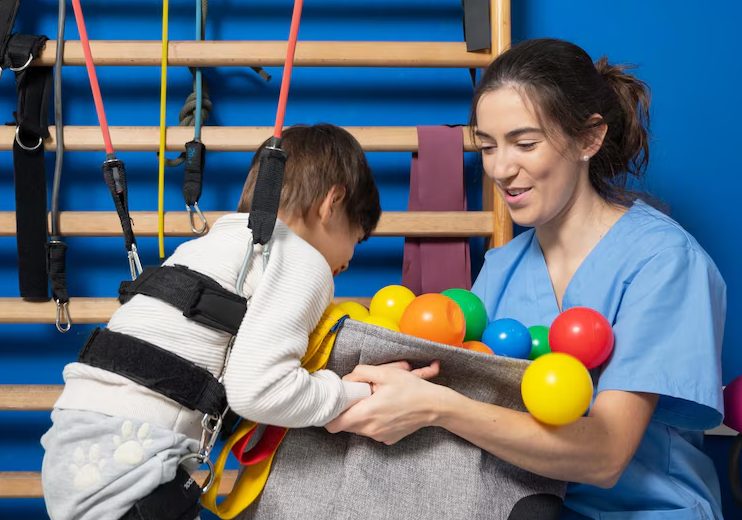
As a parent of a child with autism spectrum disorder (ASD), navigating the world of therapies can feel like learning a foreign language while simultaneously trying to solve a complex puzzle.
Among the recommended interventions, occupational therapy (OT) stands out as a cornerstone approach that helps children develop essential life skills while addressing sensory challenges. Let’s dive into what you can actually expect when your child begins this journey.
What Exactly Is Occupational Therapy?
Despite its name, occupational therapy for children with autism isn’t about preparing them for future careers (though that’s a nice long-term benefit!). Instead, a child’s primary “occupations” are playing, learning, and developing daily living skills—all areas where children with autism often need additional support.
Occupational therapists work with children to improve:
- Fine and gross motor skills
- Sensory processing and regulation
- Self-care abilities (eating, dressing, grooming)
- Social interaction skills
- Play and leisure activities
- School performance and academic readiness
At Early Autism Ventures (EAV), our occupational therapists are specially trained to understand the unique needs of children with autism and create individualized approaches that work for your child’s specific challenges and strengths.
The First Session: Assessment and Getting Acquainted
Remember your child’s first day at a new playground? That curious mix of excitement, hesitation, and figuring out what all those colorful structures do?
Your child’s first OT session has a similar energy, with a friendly professional guiding the exploration rather than another child inviting them to play!
So, what happens in occupational therapy?
During initial visits, the occupational therapist will:
- Observe your child during play and structured activities
- Assess their developmental levels across various domains
- Interview you about daily challenges and routines
- Evaluate sensory sensitivities and responses
- Identify your child’s strengths and interests (the building blocks of engagement!)
Research shows that comprehensive assessments lead to more effective therapeutic outcomes. A recent study found that individualized therapy plans based on thorough evaluations improved functional outcomes by 40% compared to standardized approaches.
Creating a Personalized Therapy Plan
No two children with autism are alike: if you’ve met one child with autism, you’ve met exactly one child with autism!
That’s why at EAV, we develop completely personalized therapy plans.
Your child’s OT will establish:
- Specific, measurable goals
- Frequency of sessions (typically 1-3 times weekly)
- Strategies tailored to your child’s sensory profile
- Home program activities to reinforce skills
One mom told us, “I expected rigid clinical protocols, but our EAV therapist designed activities around my son’s obsession with trains. He doesn’t even realize he’s working on fine motor skills while connecting tracks!”
Read more about the benefits of play for children with autism here.
What Happens During OT Sessions?
Here’s where the magic happens! OT sessions might look like structured play to the untrained eye, but there’s a systematic method behind this.
A typical 45–60-minute session might include:
- Sensory Integration Activities: Remember that time you accidentally used way too much hot sauce, and your senses went into overdrive? Some children with autism feel that way all the time. Sensory integration activities help children process sensory information appropriately without feeling overwhelmed.
- Fine Motor Skill Development: From buttoning shirts to holding pencils, these crucial skills are taught through engaging activities like manipulating therapy putty, stringing beads, or using specialized utensils.
- Gross Motor Activities: Jumping on trampolines, navigating obstacle courses, or crawling through tunnels aren’t just fun—they’re developing coordination, balance, and body awareness.
- Life Skills Practice: Learning to brush teeth, use utensils, or tie shoelaces in a supportive environment builds independence.
- Social Skills Development: Taking turns, reading facial expressions, and appropriate body positioning are practiced through structured interactions.
How OT Works Alongside ABA Therapy
When paired with Applied Behavior Analysis (ABA), occupational therapy creates a powerful intervention approach. While OT focuses on sensory processing and functional skills, ABA enhances behavior management and skill acquisition through positive reinforcement.
Studies have shown that children receiving both OT and ABA make greater strides than those receiving either therapy alone.
According to a 2022 research from the National Autism Center, combined interventions improved adaptive functioning in 76% of participants versus 52% with single-therapy approaches.
At EAV, our integrated therapy teams collaborate to ensure OT and ABA strategies complement each other, creating consistent approaches across all environments. Our therapists regularly meet to align goals and share progress insights, giving your child the benefit of truly coordinated care.
Progress: What to Realistically Expect
If parenting has taught us anything, it’s that progress rarely follows a straight line! The same applies to therapy outcomes.
In the first 3-6 months, you might notice:
- Improved tolerance for sensory experiences
- Better ability to transition between activities
- Small gains in self-help skills
- Emerging focus and attention during activities
A comprehensive study found that children receiving regular occupational therapy showed significant improvements in daily functioning after six months of consistent intervention (source).
One EAV parent shared, “After four months, my daughter went from melting down at the sound of the blender to helping me make smoothies. These might seem like small wins to others, but for us, they’re monumental victories.”
Supporting Therapy at Home
The real progress happens between sessions! Your occupational therapist will become your partner, teaching you techniques to reinforce skills at home.
This might include:
- Establishing sensory-friendly spaces
- Incorporating therapeutic activities into daily routines
- Using visual schedules to improve transitions
- Adapting home environments to promote independence
EAV provides comprehensive parent training programs to ensure you feel confident implementing strategies at home. Our online resource library gives you 24/7 access to demonstration videos, printable visual aids, and guides. Get it here.
Let’s be honest—therapy isn’t always smooth sailing. There will be days when your child refuses to participate or seems to regress in skills they previously mastered. This is completely normal!
Our EAV therapists expect these challenges and help navigate them with flexible approaches and unwavering patience. Sometimes, the most valuable sessions are those where we model how to work through difficult moments.
The EAV Difference
At Early Autism Ventures, we believe in possibility thinking. Our occupational therapists don’t just see challenges—they see potential waiting to be explored. With advanced training in autism-specific interventions and a passion for creating meaningful progress, our team becomes your child’s biggest cheerleaders (besides you, of course!).
Don’t wait to start this transformative journey. Research consistently shows that early intervention leads to better outcomes, with children who begin therapy before age five showing significantly greater developmental gains (Centers for Disease Control, 2024).
Ready to Transform Your Child’s Tomorrow?
Your child deserves to thrive, not just survive. The skills developed through occupational therapy create ripple effects that improve family life, school performance, and long-term independence.
Contact Early Autism Ventures today to schedule your complimentary consultation.
Our expert team is ready to answer your questions and start your family on the path to success. Call 8929153820 or WhatsApp us to take the first step toward discovering your child’s potential.
Together, we’ll celebrate every milestone, navigate every challenge, and create a future filled with possibilities.


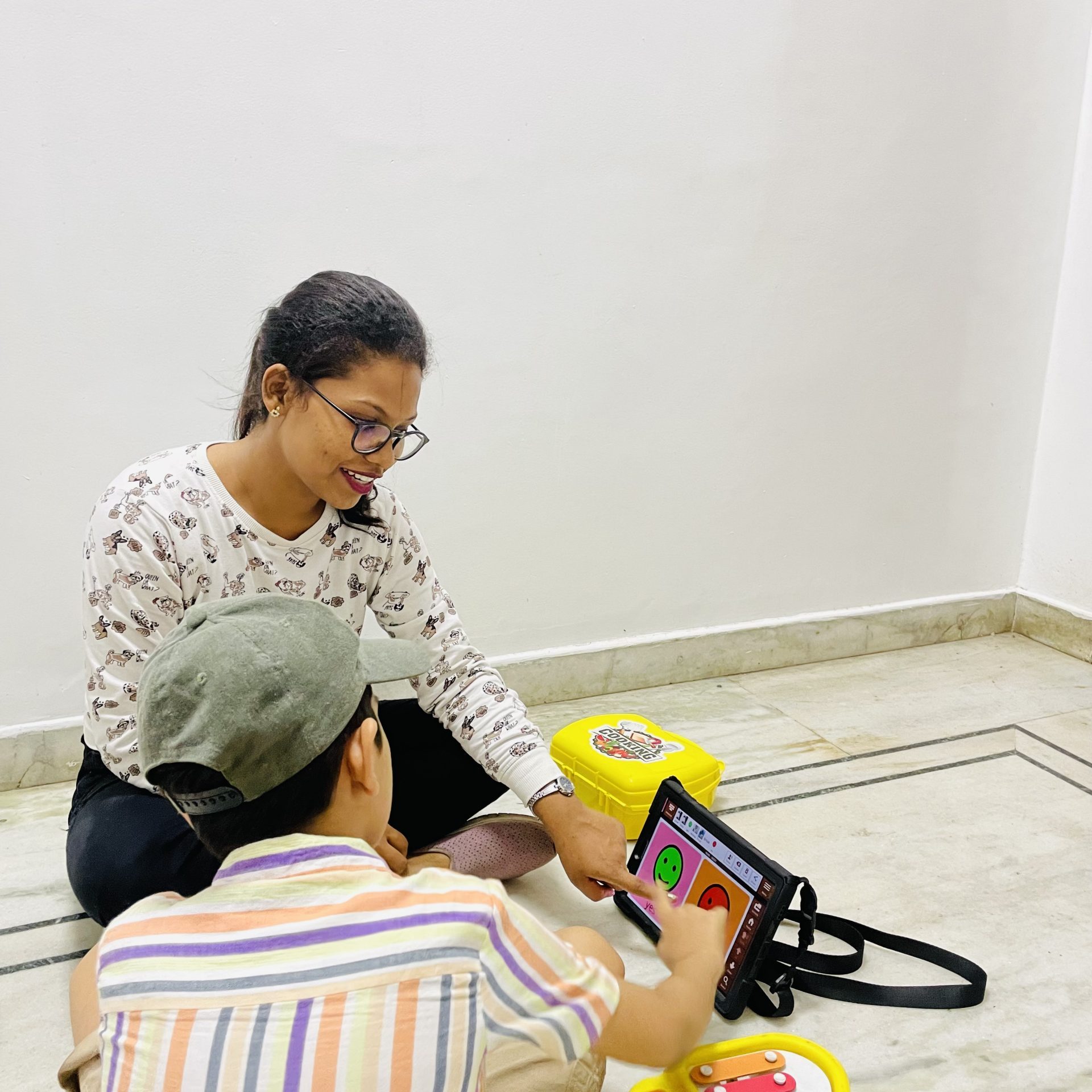


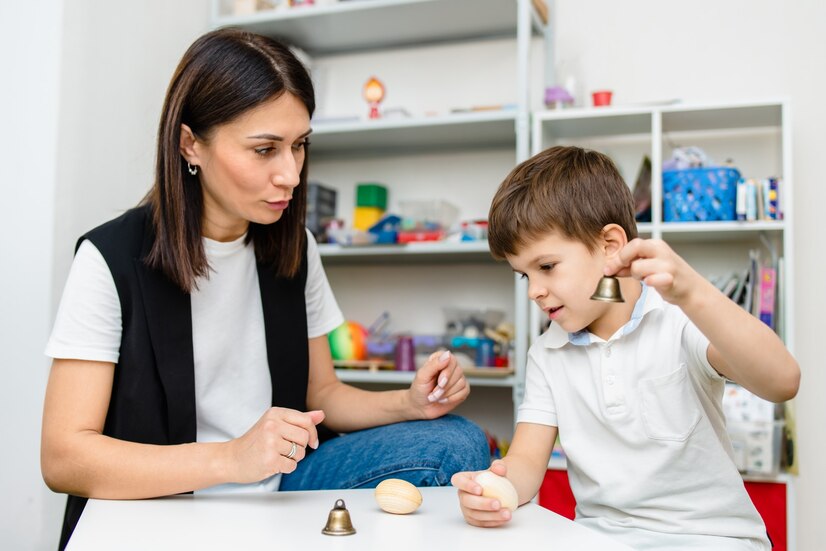


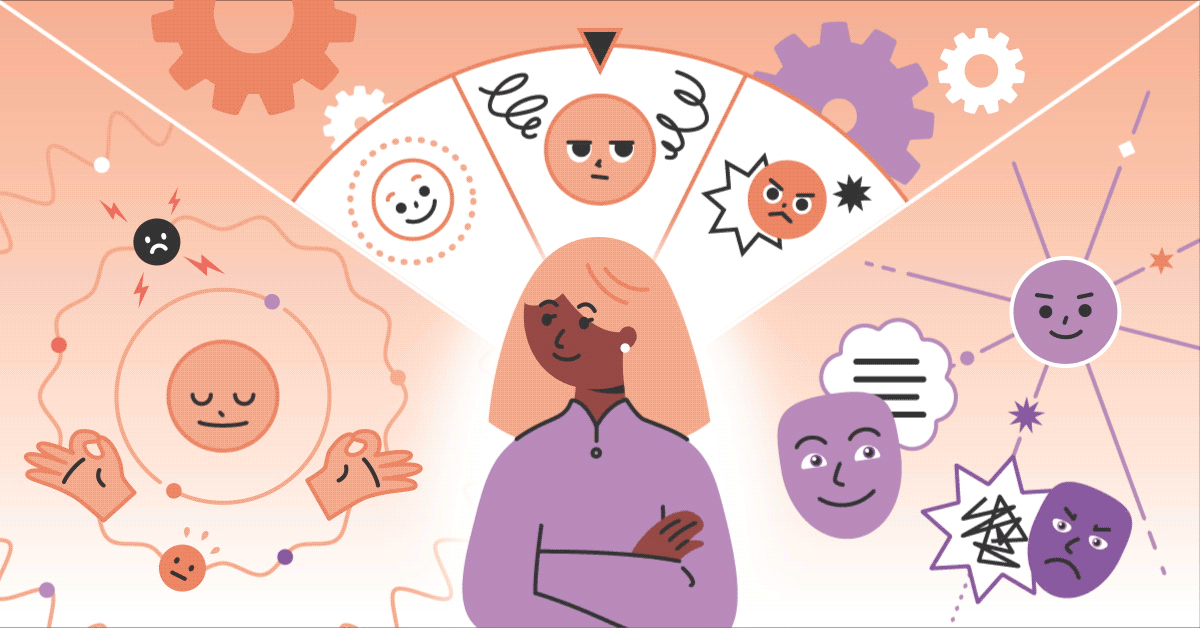


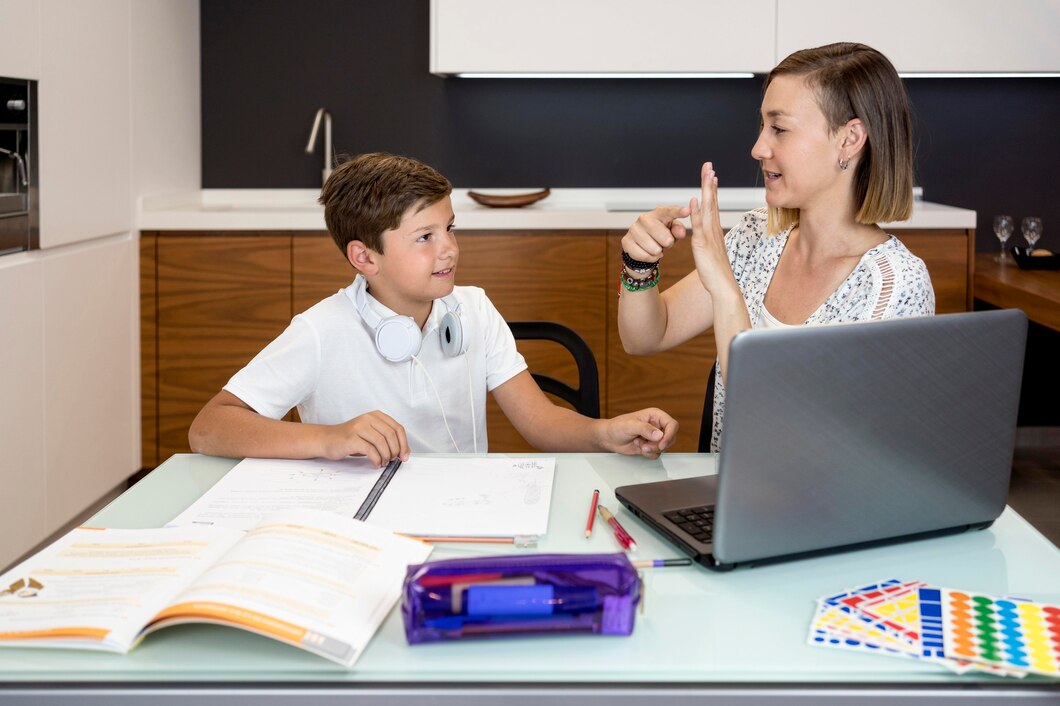

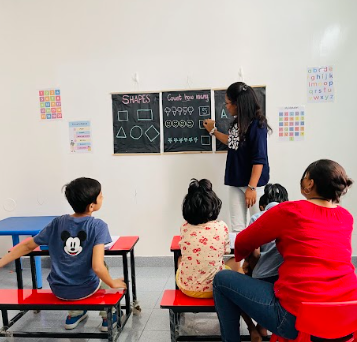


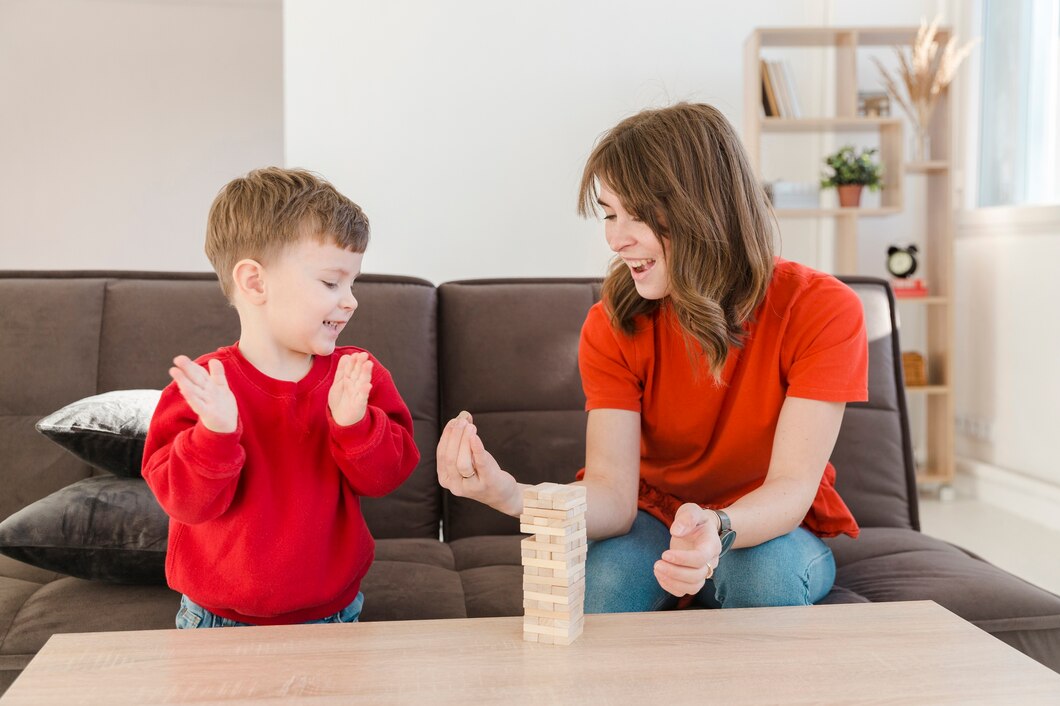
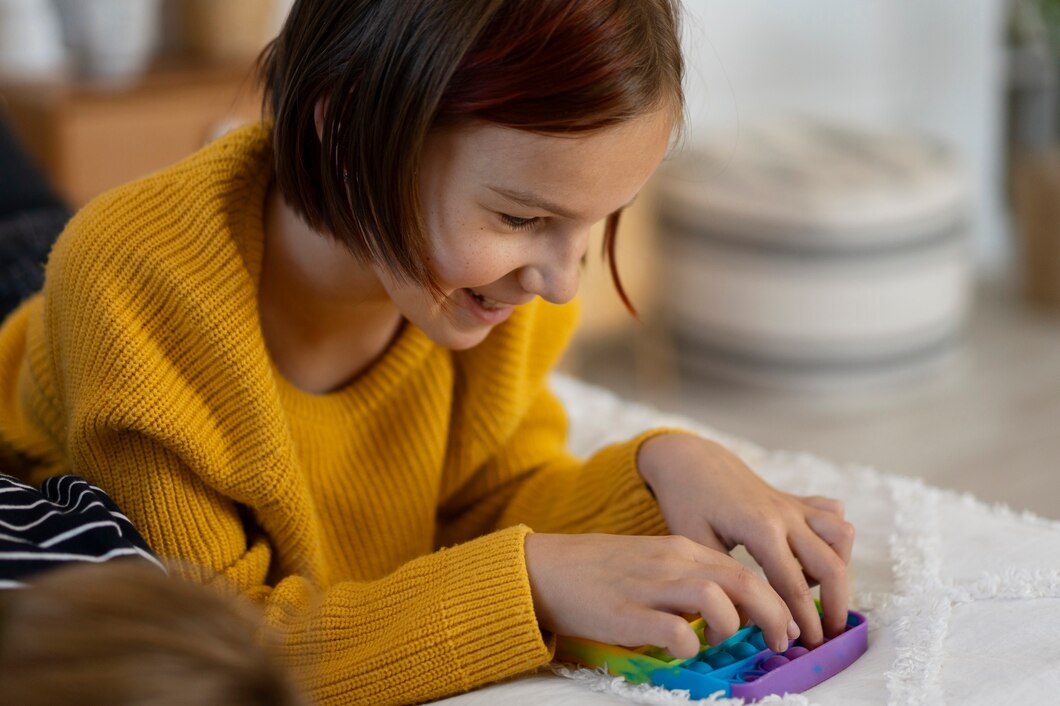
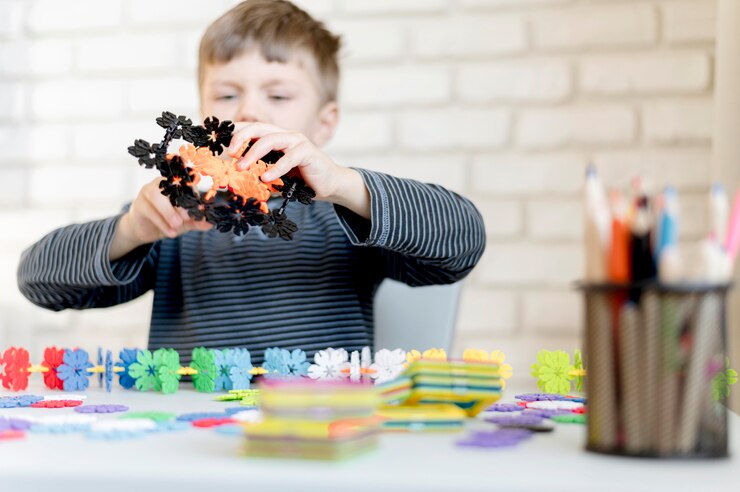
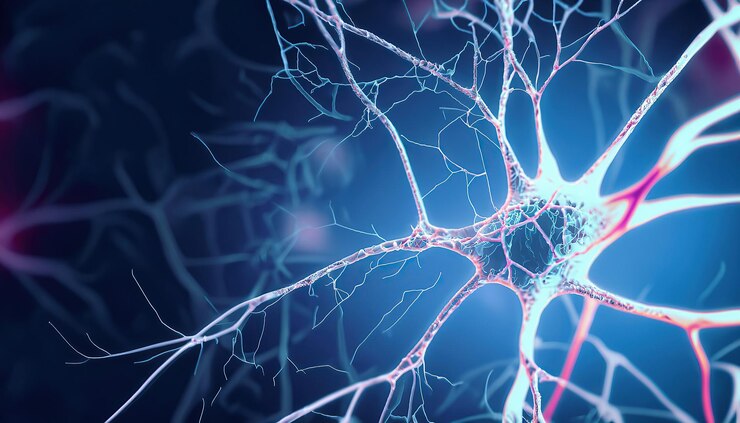
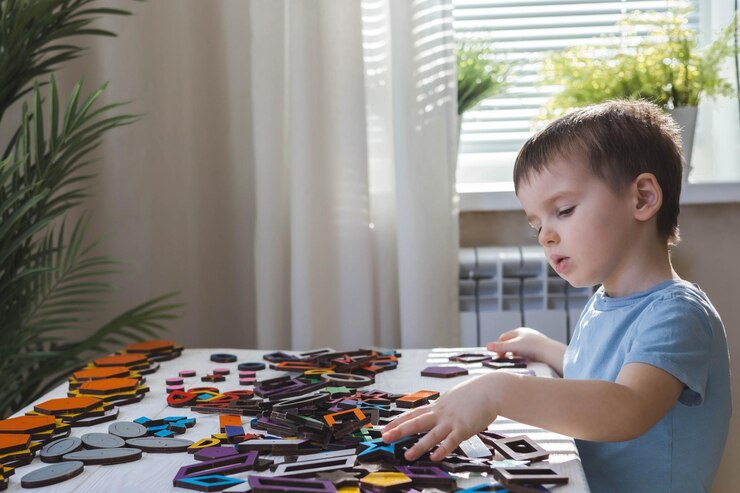
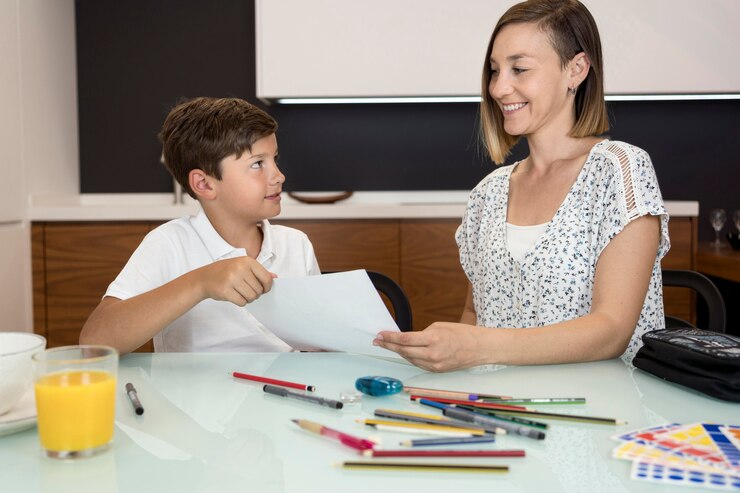
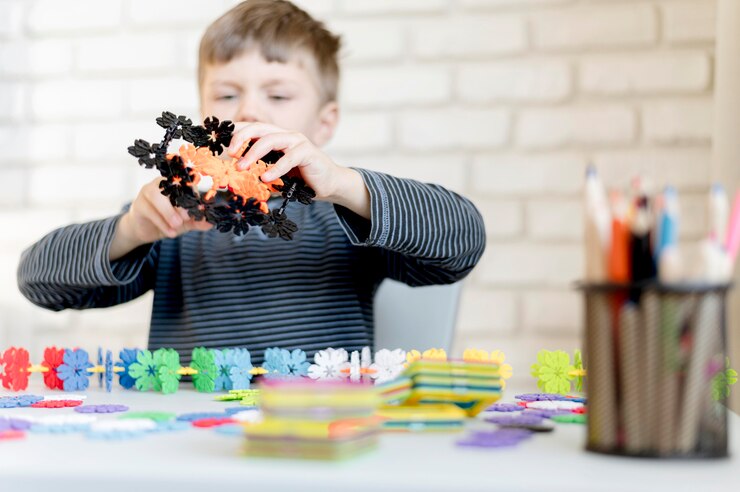
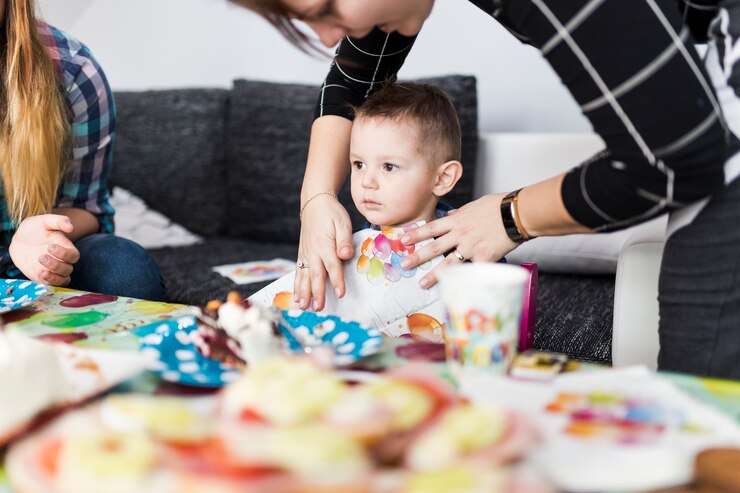
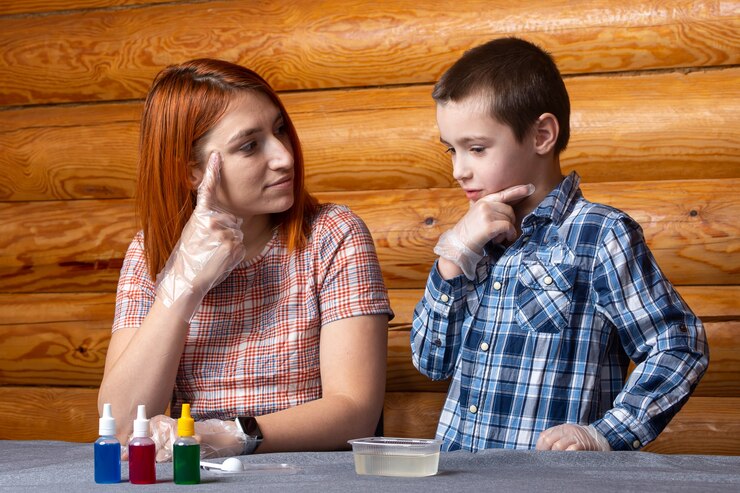
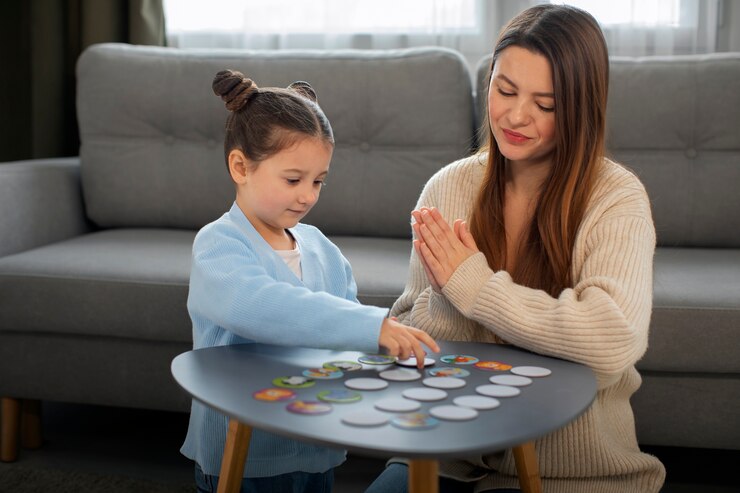
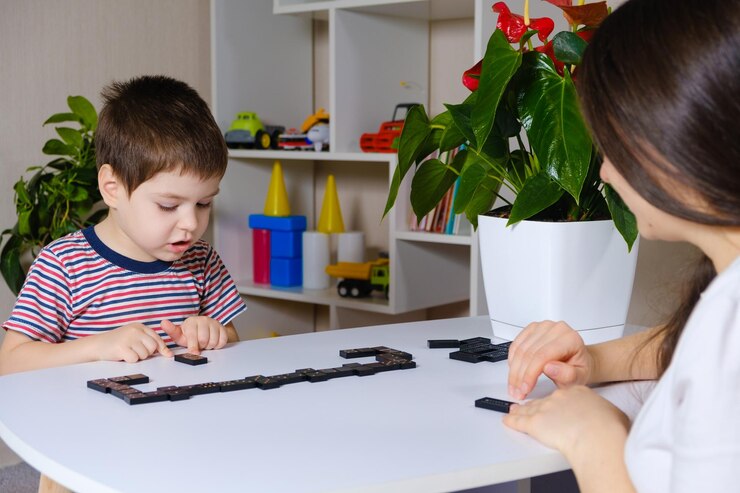
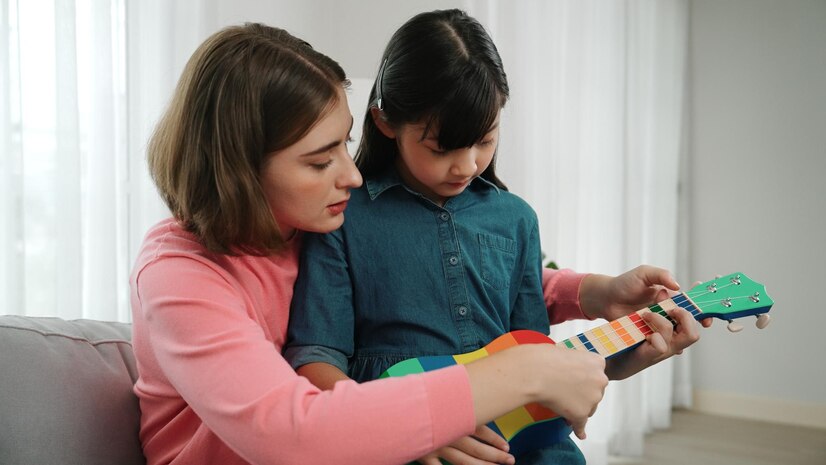
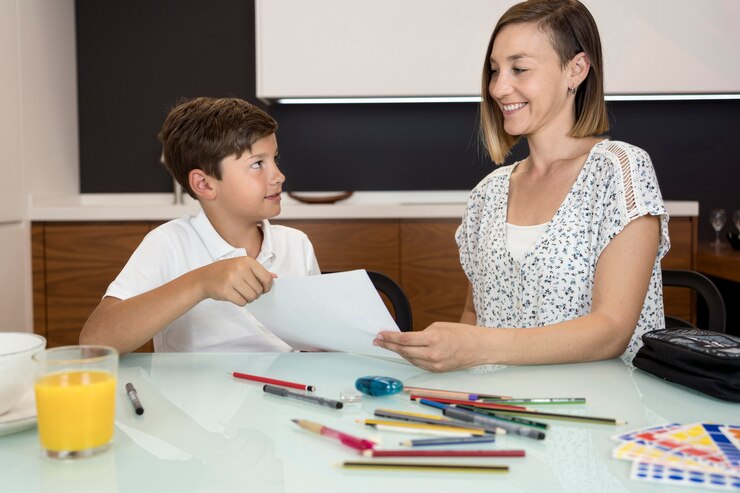

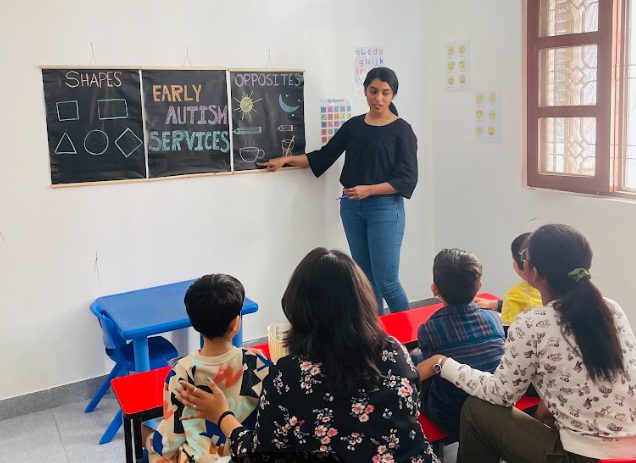



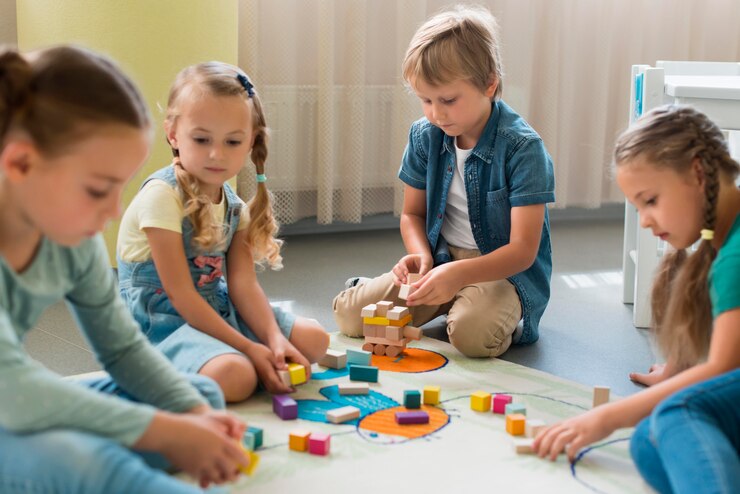
Recent Comments